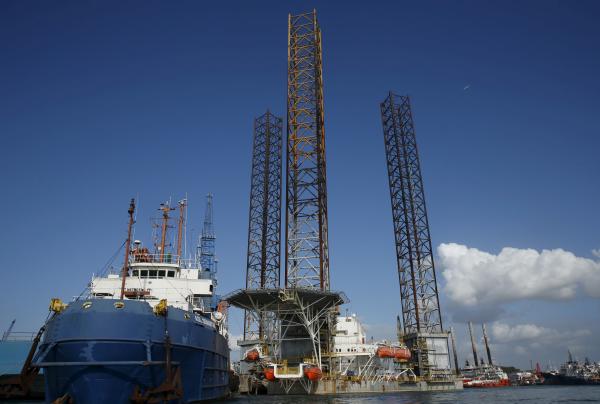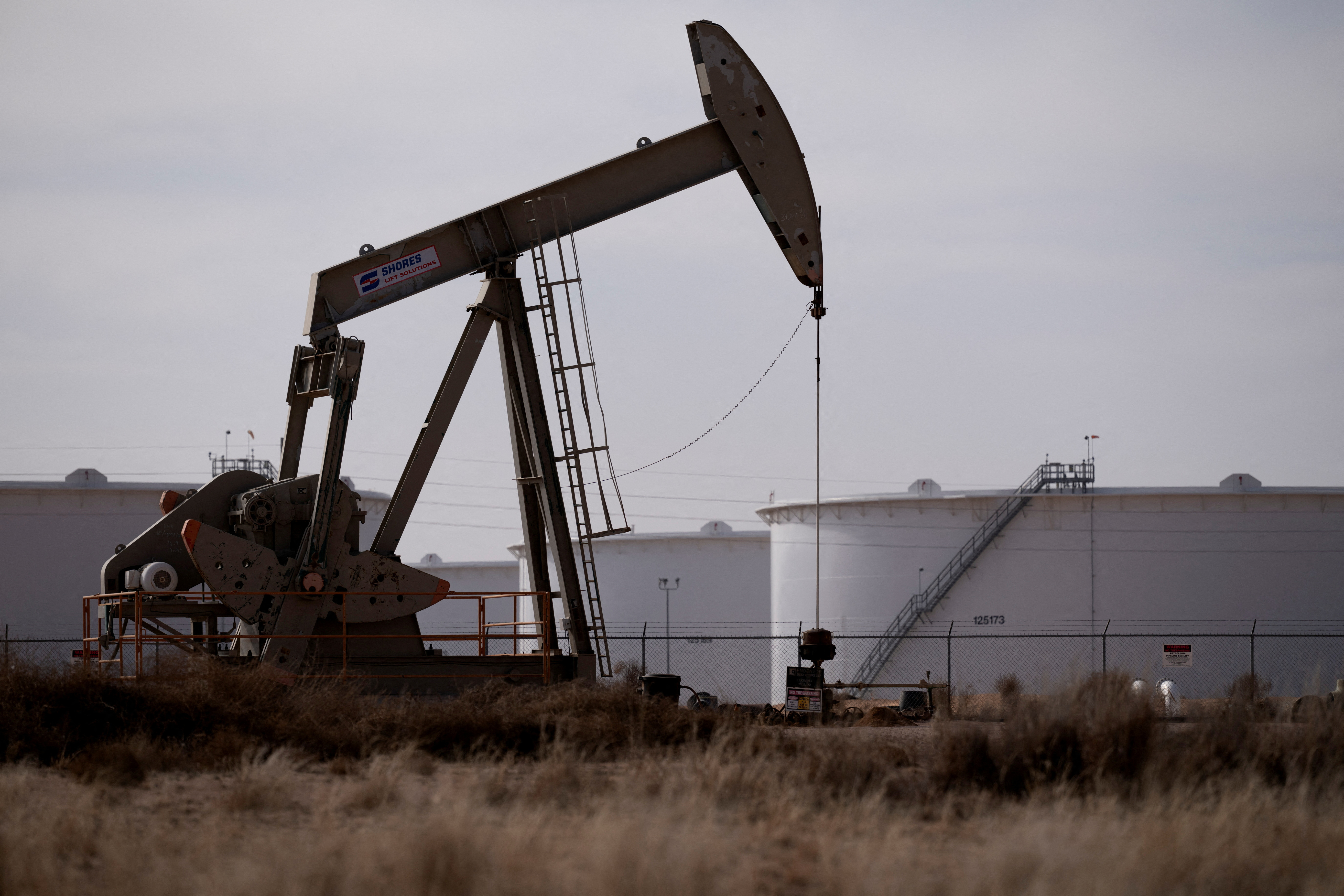WASHINGTON, Oct 30 — Oil markets are struggling to recapture their upside from a week ago as worries that the Organisation of the Petroleum Exporting Countries (OPEC) will put out more barrels than the world needs.
Sputnik/RIA Novosti reported that there are also concerns about keeping a firm leash on prices, despite the United States (US) government’s reporting on Wednesday of a sharp drawdown in domestic crude stockpiles.
The Energy Information Administration (EIA), which acts as datakeeper for the US Department of Energy, reported a drop of 6.85 million barrels in crude for the week ended October 24, adding to the prior drawdown of nearly a million barrels it cited for the week to October 17.
It also reported significant reductions in inventories of fuel products, gasoline, and diesel. Gasoline, or petrol, experienced an inventory slack of 5.94 million barrels last week that added to the prior week’s 2.15 million barrels.
Distillates, the source for diesel, saw a stockpile drop of 3.36 million barrels on top of the previous week’s draw of 1.48 million.
Despite those drawdowns hinting at encouraging US demand for both crude and fuel products, crude prices settled just modestly higher in US trading on Wednesday. They looked directionless ahead of Thursday’s European and Asian sessions.
US crude’s West Texas Intermediate benchmark settled in New York trading at US$60.48 per barrel, up 33 cents, or 0.6 per cent. UK traded Brent crude closed at US$64.92 per barrel, up 52 cents, or 0.8 per cent.
Holding oil markets back were fears that OPEC could agree to another round of output hikes at its production review meeting on Sunday.
Its eight key members have been raising production by 137,000 barrels per day over the past few months, bringing the total increase to some 1.66 million barrels per day, which they say will help them reclaim lost export markets.
However, analysts in the energy markets say those increases are steadily causing global oil supply to outpace demand. The International Energy Agency now predicts a record four million-barrel glut in 2026.






